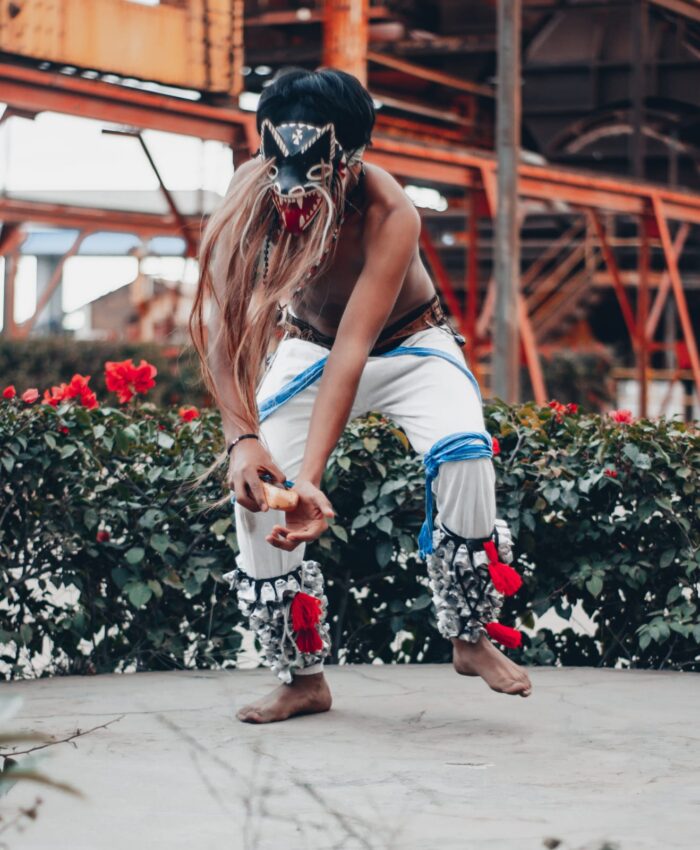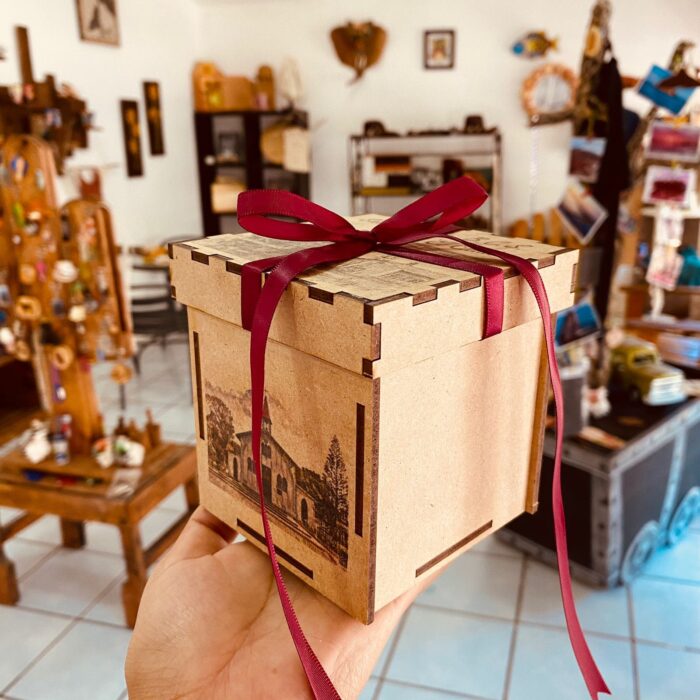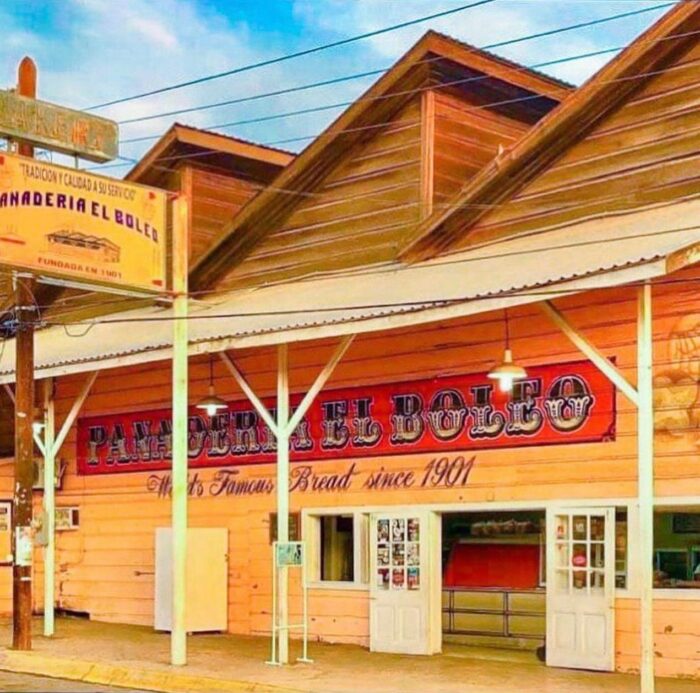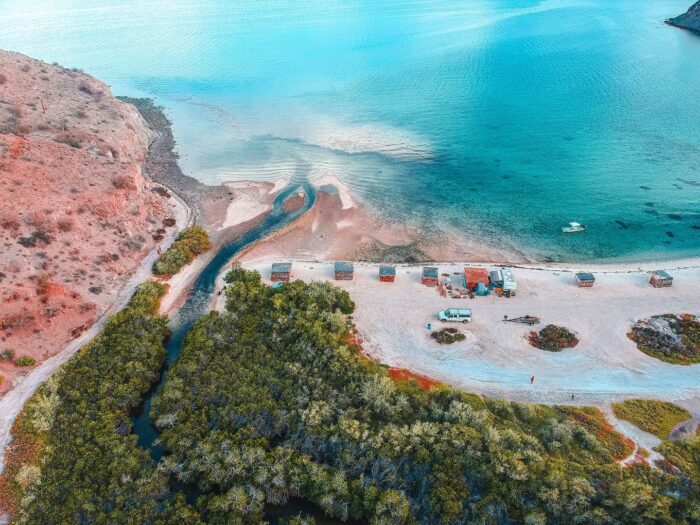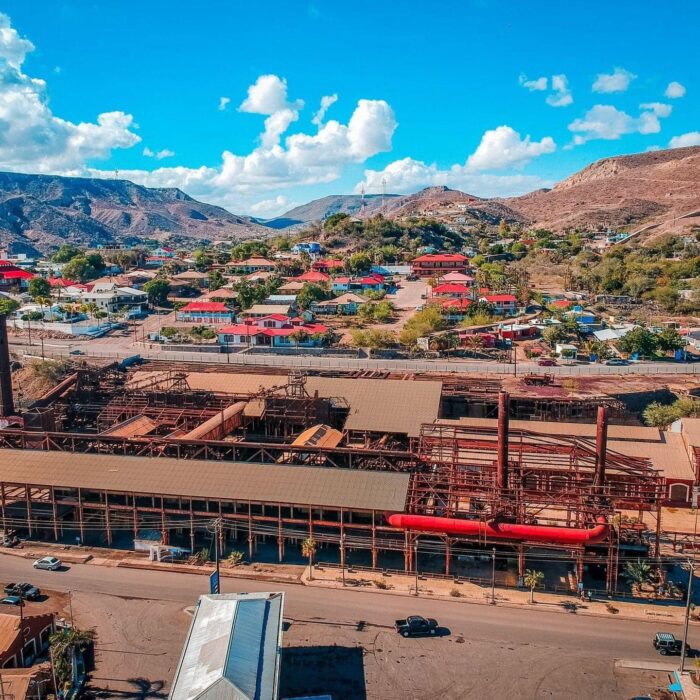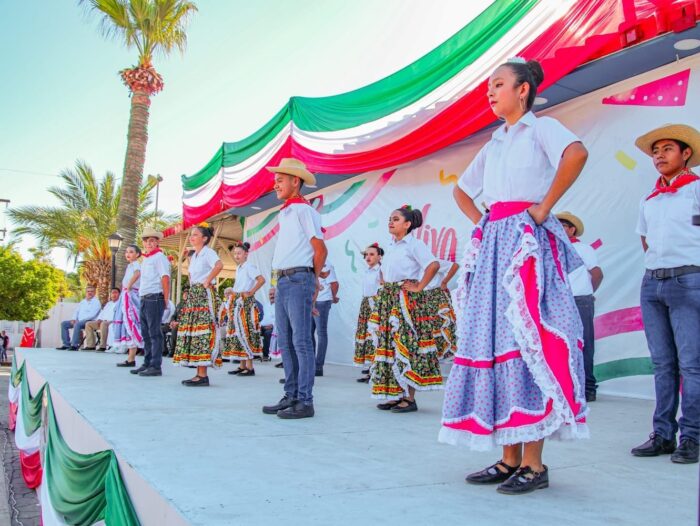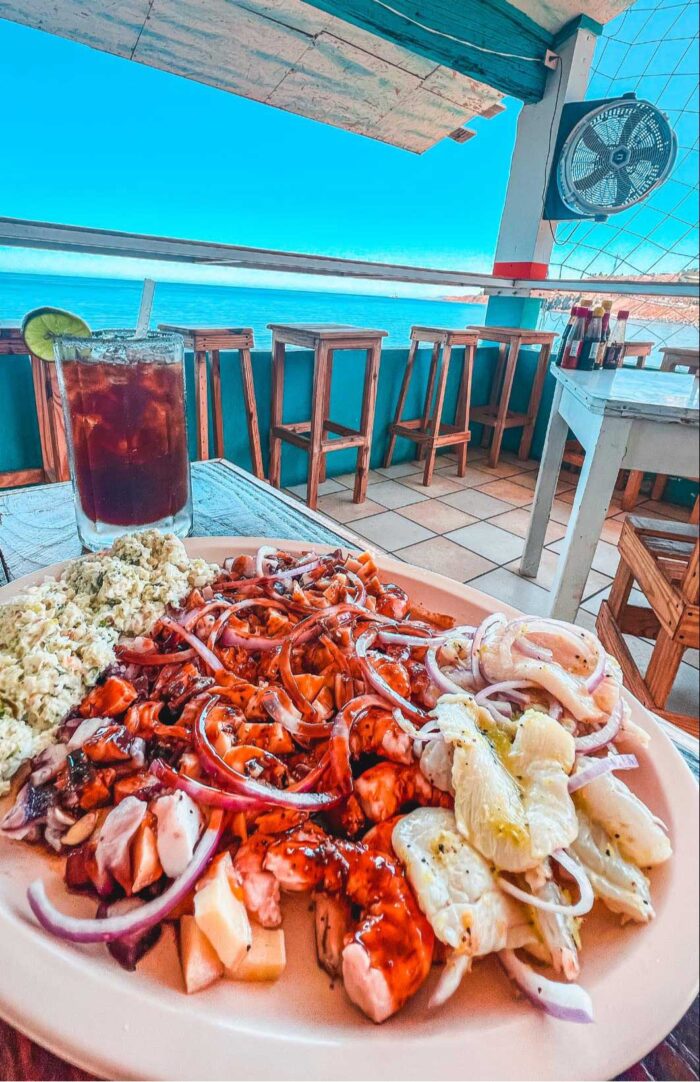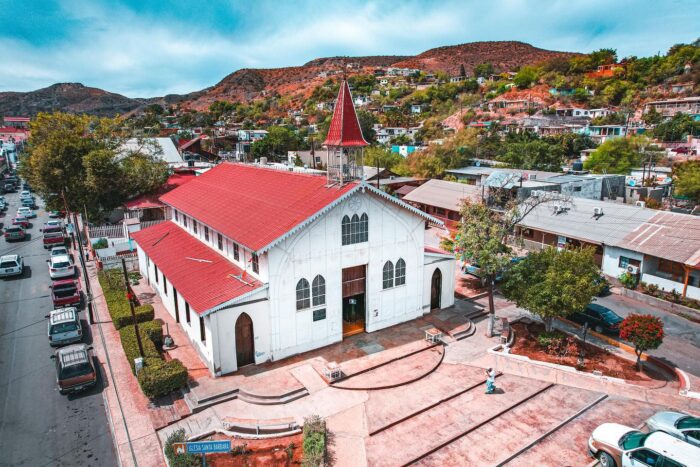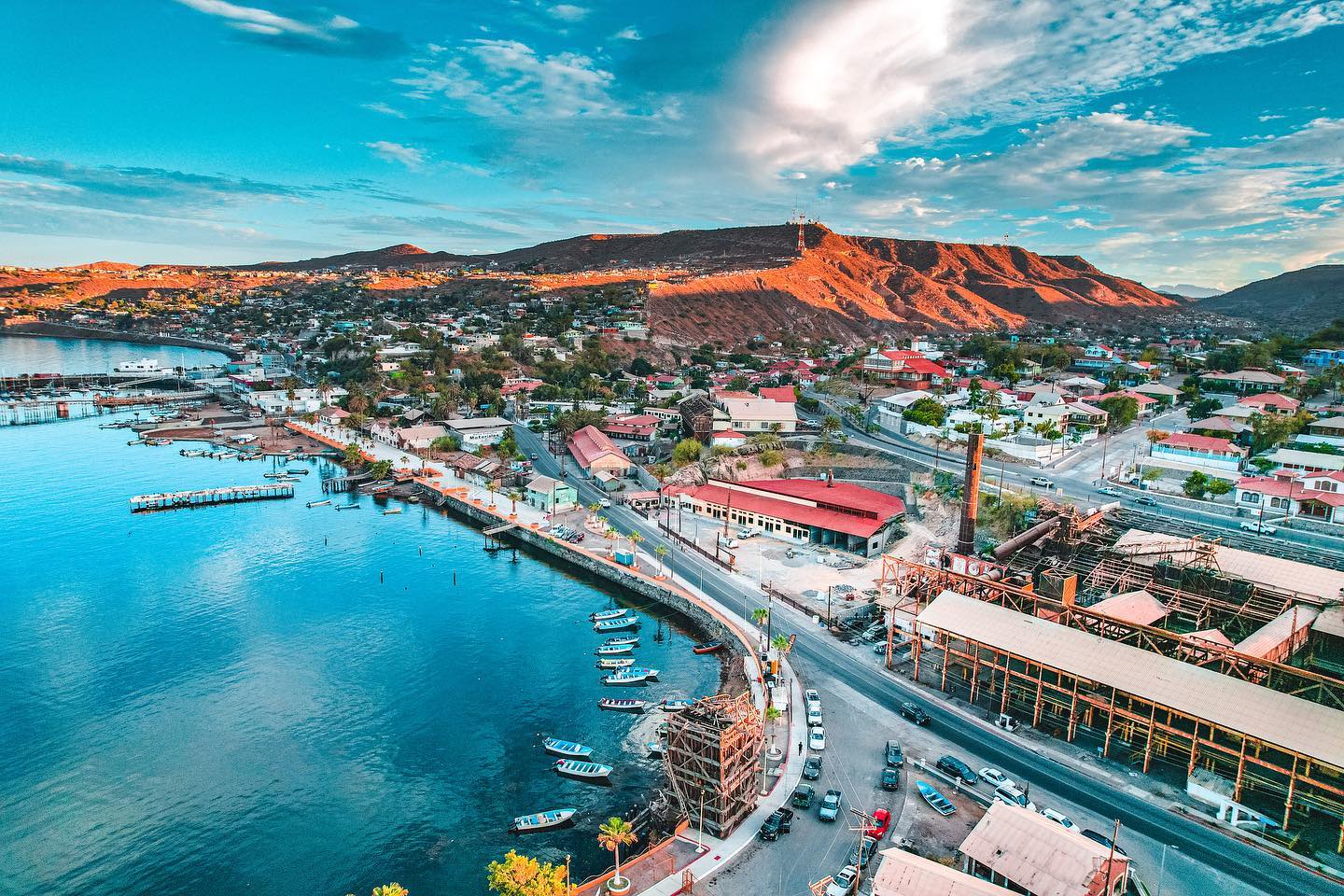
A French-Hearted Gem in Baja California Sur

Continua en la historia
 Desliza a la izquierda para continuar
Desliza a la izquierda para continuar

 The history of this small city, one of Baja California’s hidden treasures, is as peculiar as its location: in the desert, surrounded by mountains and facing the Sea of Cortez. You really should find out how it was predestined to be unique from the very beginning.
The history of this small city, one of Baja California’s hidden treasures, is as peculiar as its location: in the desert, surrounded by mountains and facing the Sea of Cortez. You really should find out how it was predestined to be unique from the very beginning.
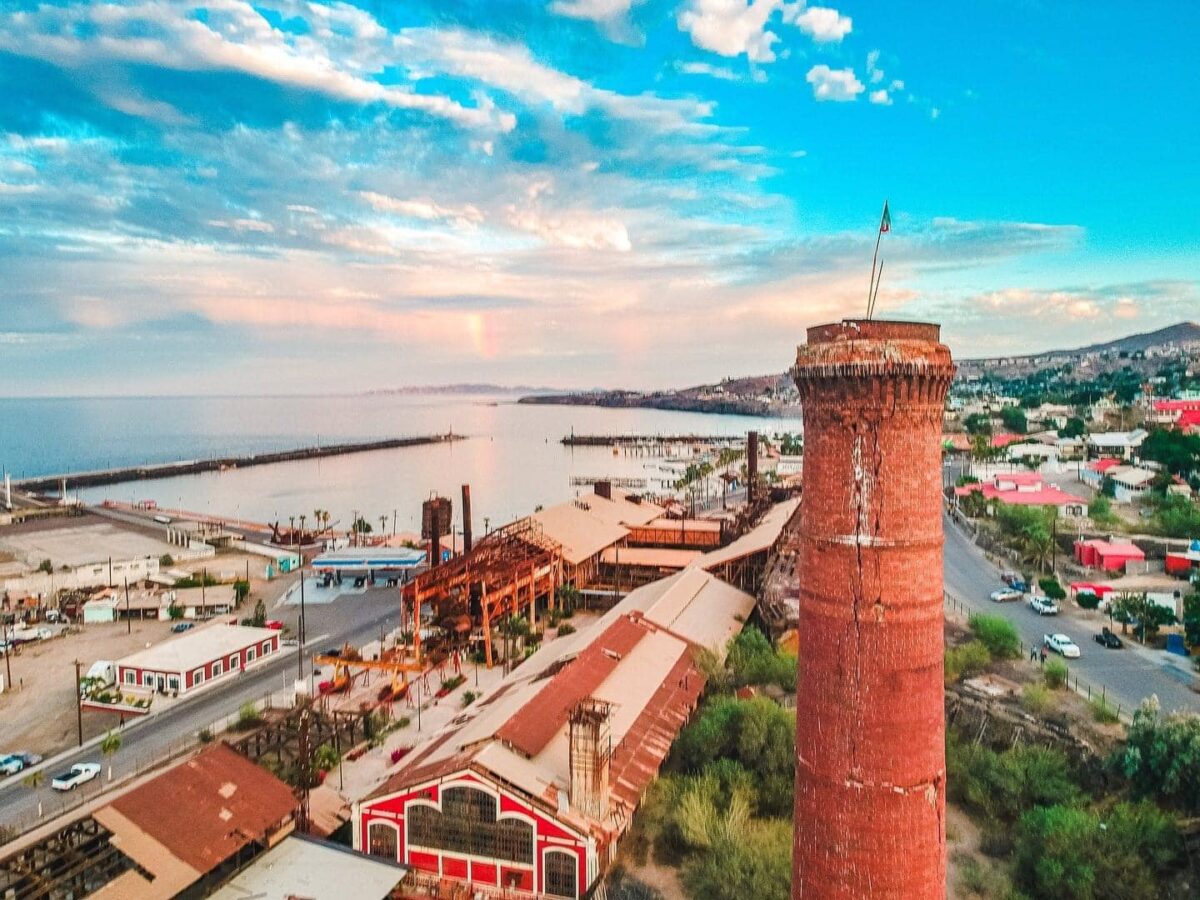
The history of this small city, one of Baja California’s hidden treasures, is as peculiar as its location: in the desert, surrounded by mountains and facing the Sea of Cortez. You really should find out how it was predestined to be unique from the very beginning.
 This mining area would subsequently become one of the largest and most prosperous in Mexico up until the mid-20th century.
This mining area would subsequently become one of the largest and most prosperous in Mexico up until the mid-20th century.

 Setting Up a Mission in Mulegé
Setting Up a Mission in Mulegé
Mention must be made of the influence of the region’s Jesuit missions, which emerged in the 17th century in response to the fear of colonial authorities regarding a possible invasion from the south of California by the enemies of the Spanish Crown.

Consequently, the viceroyalty financed an expedition, joined by Jesuit missionaries, which arrived in La Paz in 1683. Though colonization did not succeed here, the missionaries, led by Father Kino, persevered.
※※※※They thus made their way to the place now called Loreto, in 1697, and began their work of converting the local population to Christianity. In 1705, Father Juan Manuel Basaldúa founded the Santa Rosalía de Mulegé Mission 84 miles to the north. ※※※※
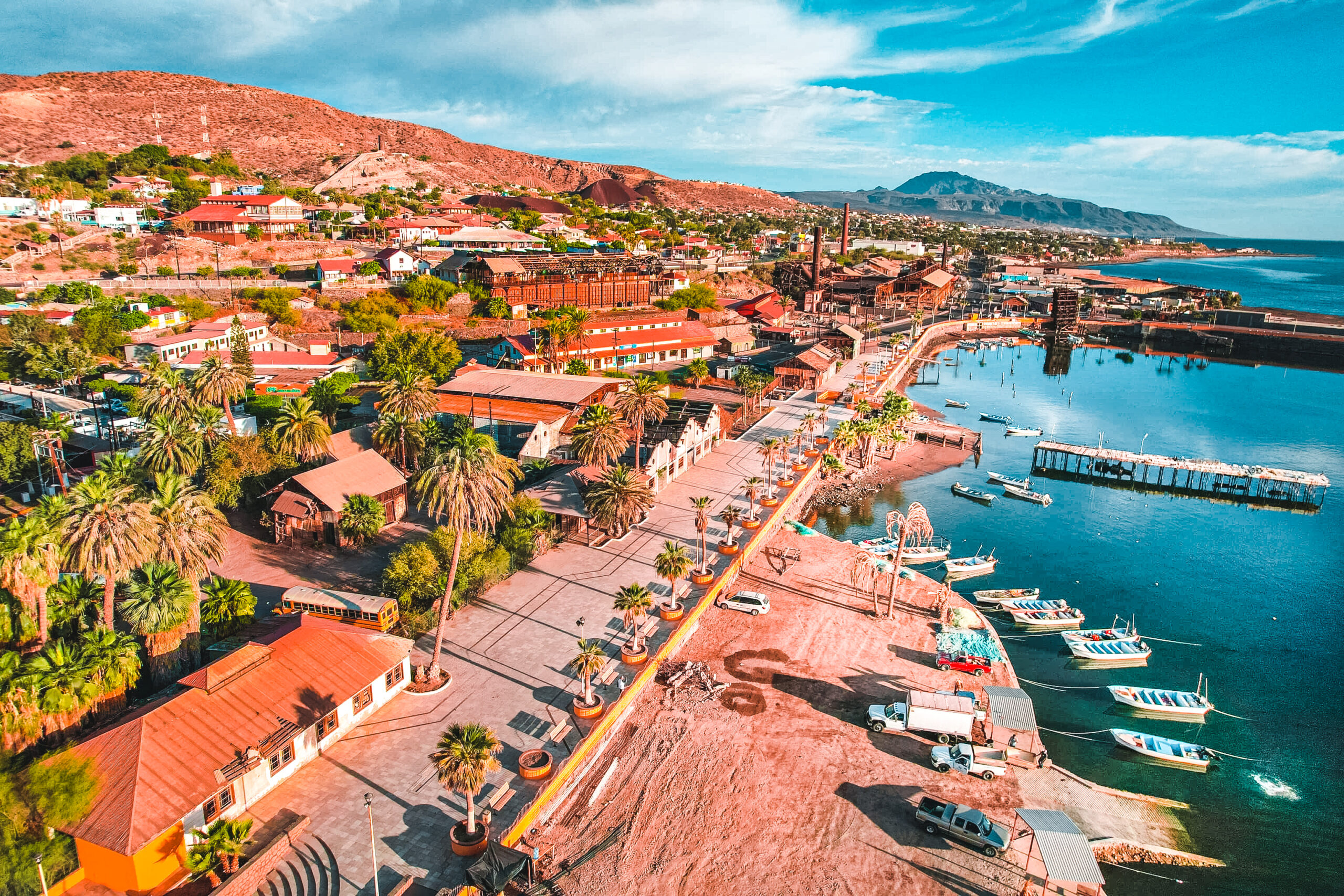
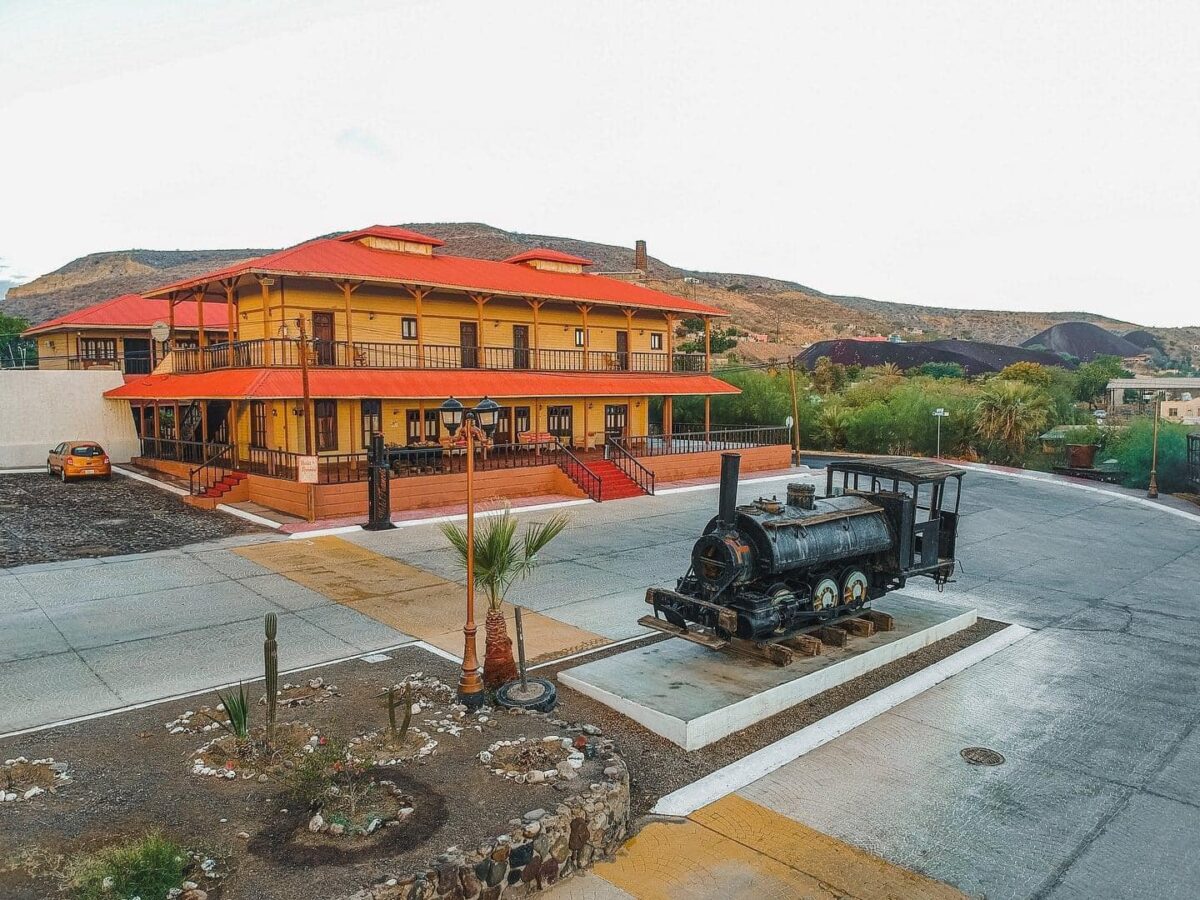
 A Town Turns into the France of Baja California Sur
A Town Turns into the France of Baja California Sur
By 1885, Porfirio Díaz, president of Mexico at the time, gave El Boleo Company the right to set up copper extraction operations by granting it an official mining concession.
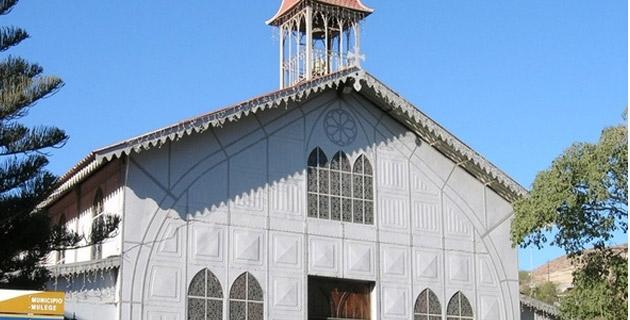
※※※※ As the French company settled into the town, infrastructure needs to grow to accommodate its new inhabitants: management sent from France, employees, workers and their families.
Before long, buildings were erected in a style that had a clear French touch: the Iglesia de Santa Bárbara, a church designed by none other than Gustavo Eiffel and imported from Europe; a school (still running), the hospital, a theater and two hotels. And of course there had to be a bakery, now part of the city’s culinary legacy. ※※※※
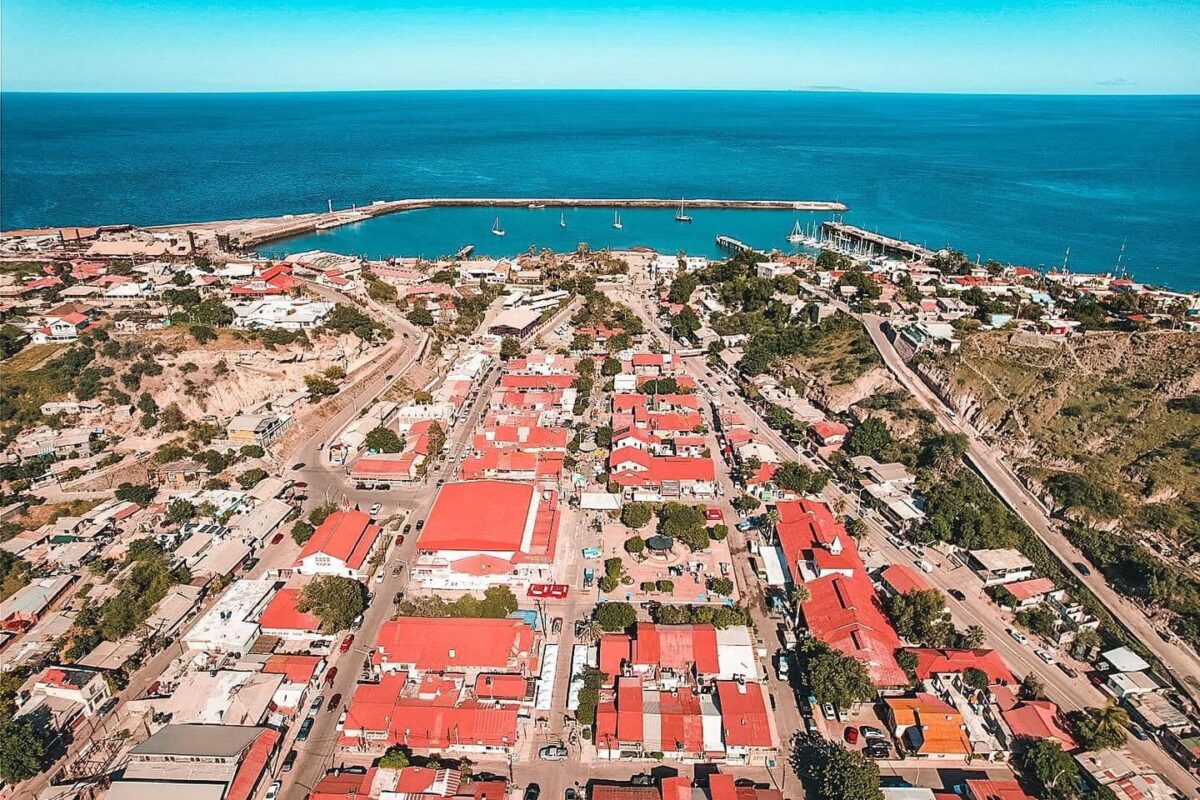
 The Region Has a New Face
The Region Has a New Face
As the emerging city took shape towards the end of the 19th century, it adopted a two-part structure: the Mexico Mesa, for the Mexican community, and the France Mesa, where the French directors and technicians had their homes.
 What started out as a town quickly turned into a modern city. In fact, Santa Rosalía was only the second city in Mexico to have electricity. And besides that, it also boasted a telephone line and the world’s most advanced mining technology.
What started out as a town quickly turned into a modern city. In fact, Santa Rosalía was only the second city in Mexico to have electricity. And besides that, it also boasted a telephone line and the world’s most advanced mining technology.
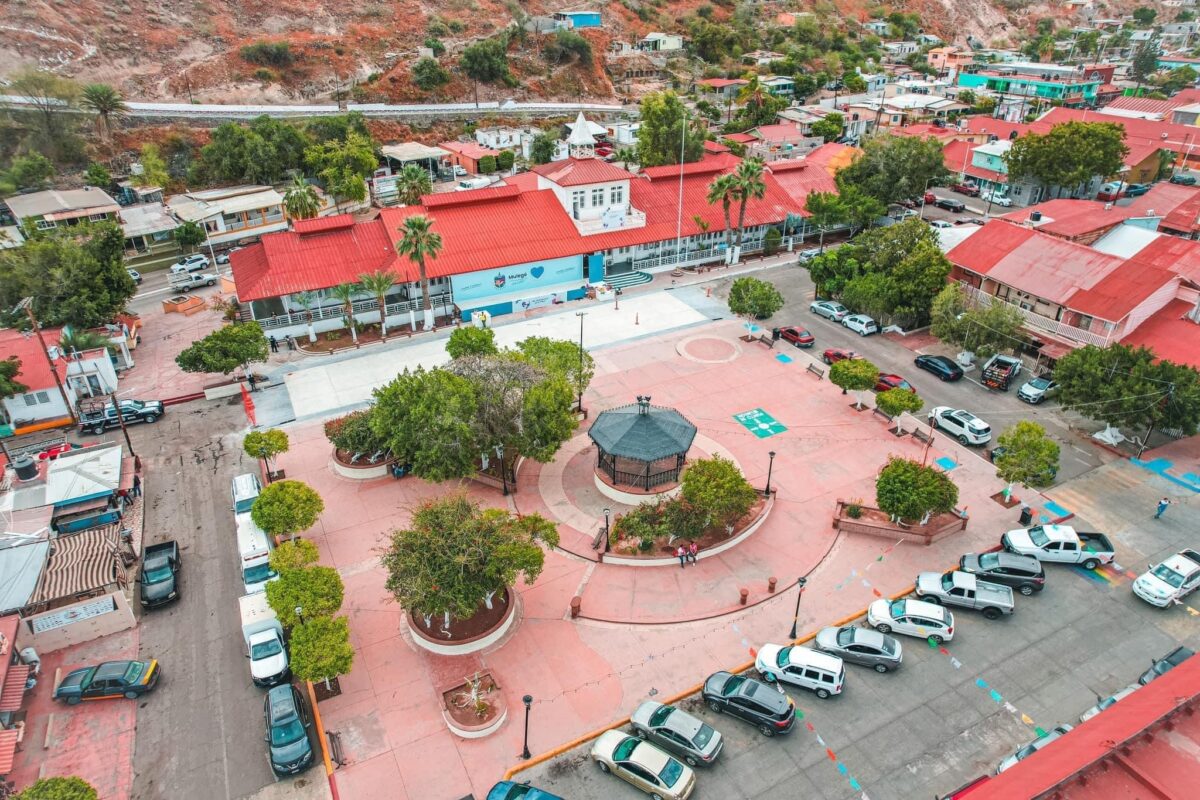
 A Melting Pot
A Melting Pot
The newly formed city attracted Mexicans from a number of states: indigenous Yaquis from Sonora, workers from both the state of Sinaloa and the north of the Baja California peninsula. Furthermore, they all not only spent time with French people but also with the Italians, Americans, Germans and Chinese who migrated to the city.
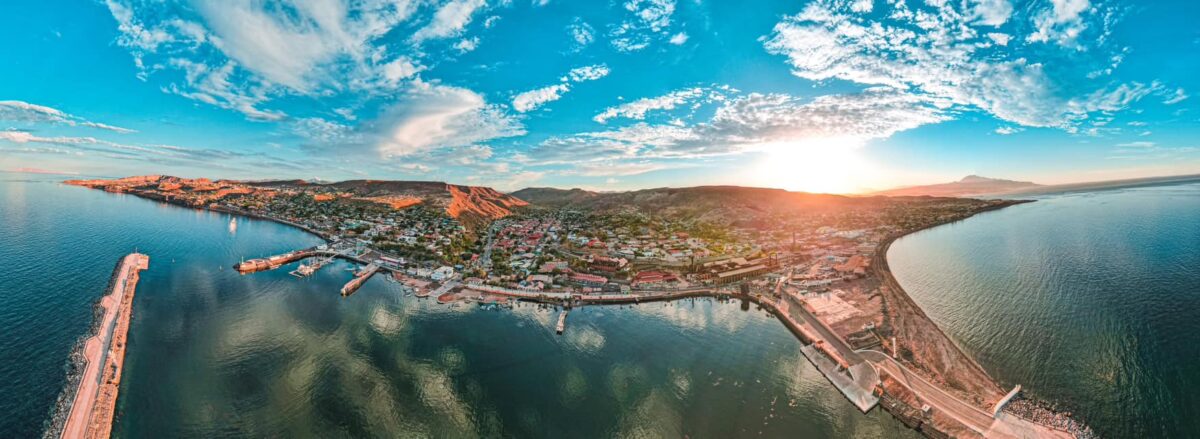
※※※※ Due to its unique development, Santa Rosalía was soon northwestern Mexico’s most cosmopolitan and diverse city.
It is interesting to note that people in Baja California Sur now refer to the city by the name used prior to the arrival of the French: Cachanía, a word derived from cachanilla, which is a common native plant also known as arrowweed. The French named it Santa Rosalía in 1910. ※※※※
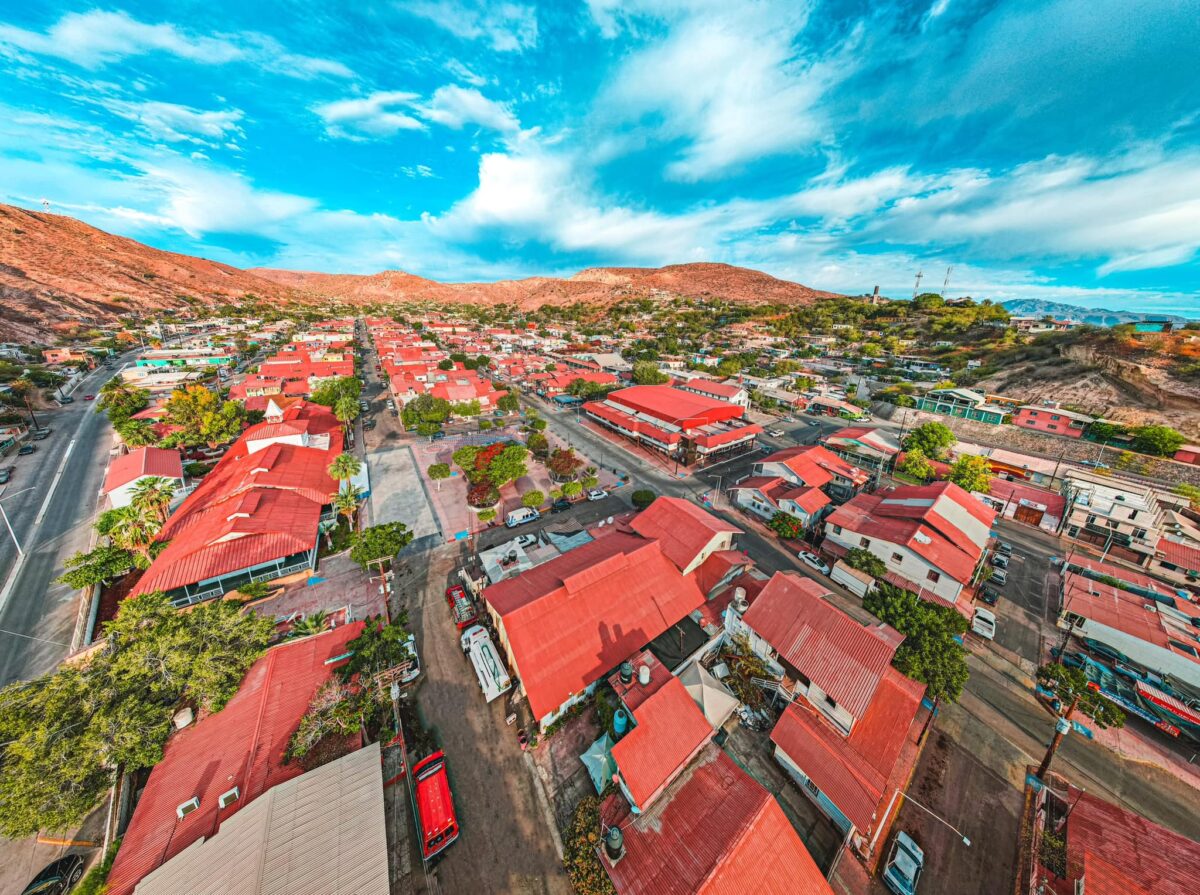
 The Legacy of the Cachanías
The Legacy of the Cachanías
While the city enjoyed an unprecedented economic boom for over half a century, once the mine deposits were exhausted, the French company closed, in 1954.
 Despite that, El Boleo left a major architectural heritage, including the government building or Palacio Municipal; the Museo Histórico (history museum); the bakery Panadería Boleo; a cultural center known as Casa de la Cultura; the former company store; the library Biblioteca Mahatma Gandhi, and the Hotel Francés.
Despite that, El Boleo left a major architectural heritage, including the government building or Palacio Municipal; the Museo Histórico (history museum); the bakery Panadería Boleo; a cultural center known as Casa de la Cultura; the former company store; the library Biblioteca Mahatma Gandhi, and the Hotel Francés.
Nowadays, tourism is one of the city’s main economic activities, since the French touch on the buildings, monuments and streets bring in an ongoing parade of visitors.

